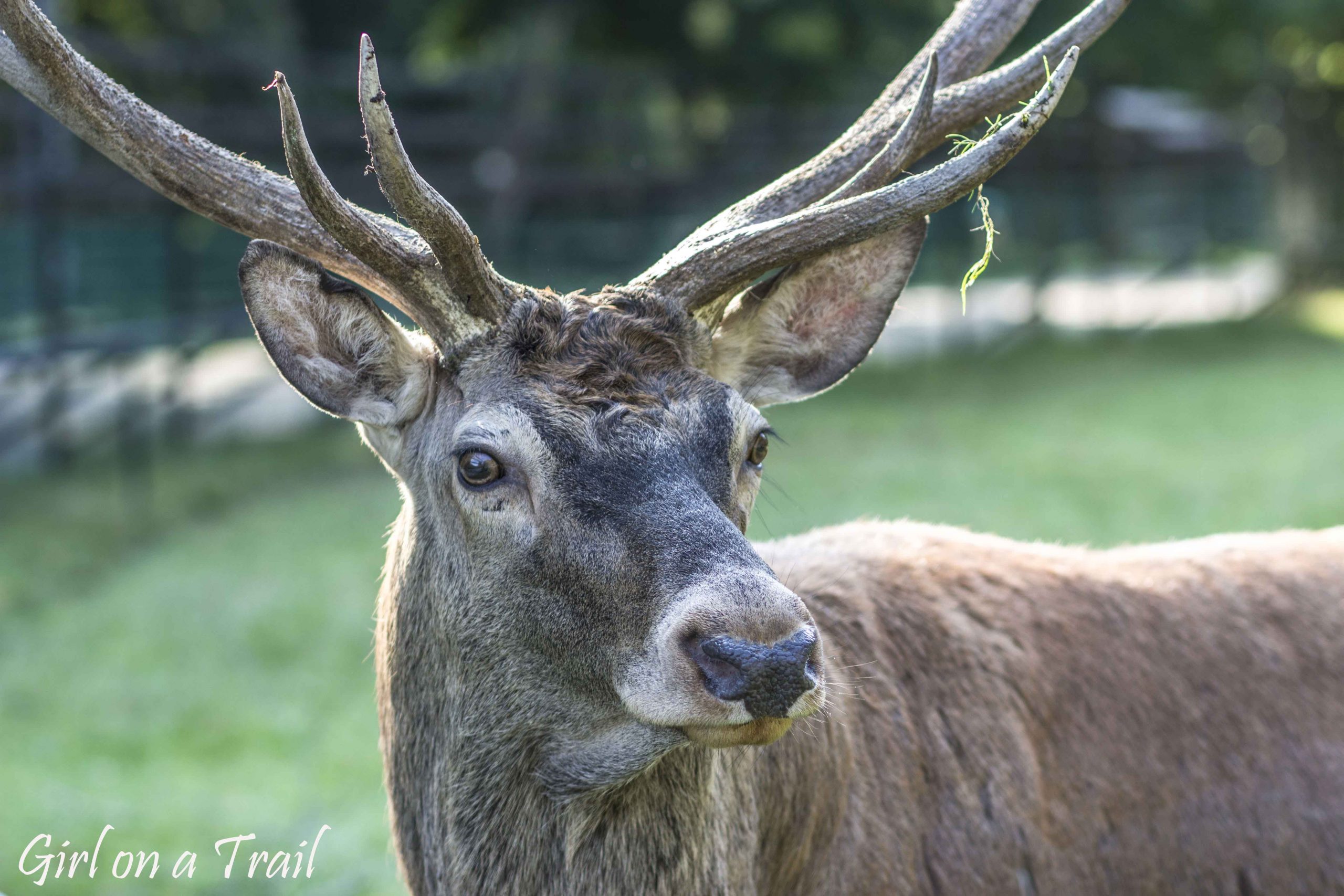
Kehlsteinhaus, Germany – a visit to the Eagle’s Nest
Kehlsteinhaus or the teahouse on Kehlstein – it’s a legend itself. Beautiful Alpine views clashes with the difficult history of the World War II. The teahouse is widely known by another name, which speaks more to the imagination. It’s famous Hitler’s Eagle’s Nest.

The teahouse was built on the initiative of Martin Bormann as a gift from NSDAP for Hitler’s 50th birthday. The best architects and engineers in the Third Reich were involved in the construction of the Kehlsteinhaus. This project cost over 30 million Reichmarks, which is currently worth around 150 million €!

According to the Bormann’s intention, in addition to the diplomatic function, Kehlsteinhaus was supposed to be a leisure place for Hitler. A slightly lower than the Eagle’s Nest was Berghof – the official Hitler’s residence, where he spent most of his time during World War II.

Contrary to the Berghof, the Eagle’s Nest was not destroyed during the war, so everything here is authentic. Unfortunately, the birthday gift turned out to be a flop, because the suffering of fear of heights Hitler visited this place only out of necessity. Hitler hosted mainly foreign delegations here, and his visits were limited only to several minutes.

You can access the teahouse on foot or by special buses from the Hintereck station. Right next to the station there’s a large parking lot for cars. Return ticket costs 16,60 € per person. The 7 km long Kehlsteinstraße road was built in just 13 months and it’s said that it’s one of the most picturesque routes in Europe.

During the way to the top, you can listen about the history of the Kehlsteinhaus and the great engineering project connected with it, but there’s no information about the Hitler at all.

We get off in the upper parking lot from where we are heading to a long, 124 meters tunnel in the rock, at the end of which the elevator. The tunnel is wide enough to fit a car. It was probably designed to drop off Hitler and his guests straight to the elevator door

The elevator door opens and I feel like I’m going back to the 30’s of the last century. A stylish golden interior with a mirror, green upholster, and an old phone, certainly remembers those times… somehow I feel so strange. I take into account that reportedly the decision to attack Poland was made here…

The elevator arrives at a height of 124 m, the analogy with the length of the tunnel is striking. Nazis were interested in numerology, but I don’t know the reason why this number appears twice. Maybe someone knows?

The elevator stops in the teahouse at 1834 m, when we open the entrance door we feel like being in the clouds.

In front of our eyes is amazing panorama of the Bavarian Alps which spreads at a distance of 200 km.

Kehlsteinhaus certainly meets its task, it surprises with an incredible location, intimidates and manifests the power, that was its intention. It was supposed to show foreign delegations the power of the Third Reich.


We were two times in Kehlsteinhaus. The first approach was failed due to the lousy weather conditions.


In order to go there for the second time, we had to resign from the trip to Nurymberg. We hit the spot, the weather and the views were wonderful. From the perspective, I can admit that the picturesque Rossfeld Panorama road made no less impression on me than the Kehlsteinhaus itself.























